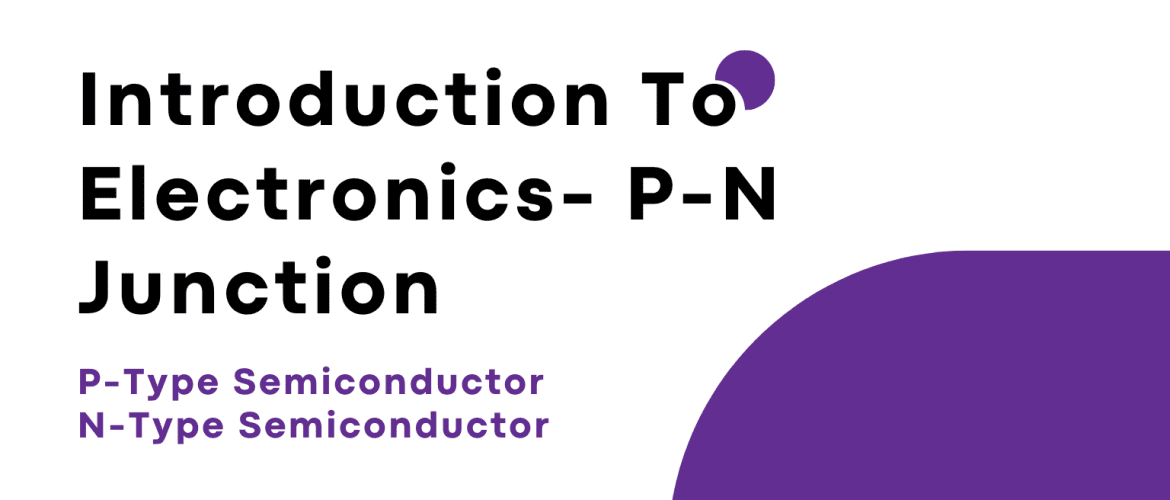Electronics is a branch of physics and engineering that deals with the behavior and manipulation of electrons in various materials.
At its core, electronics relies on understanding how charged particles, particularly electrons, move in response to electric fields.
Here are some fundamental concepts in electronics:
Electric Current (I)
Electric current is the flow of electric charge.
In physics, it’s measured in amperes (A).
It represents the rate at which electrons move through a conductor, such as a wire.
The movement of electrons creates an electric current.
Voltage (V)
Voltage, measured in volts (V), is the electric potential difference between two points.
It determines how much energy is carried by each electron in an electric circuit.
Voltage is often compared to pressure in a water pipe, as it “pushes” electrons through a conductor.
Resistance (R)
Resistance, measured in ohms (Ω), describes how much a material or component resists the flow of electrons.
Materials with high resistance restrict the flow of electrons, while those with low resistance allow electrons to flow more easily.
Circuits
Electronic circuits are composed of components like resistors, capacitors, and transistors connected by conductors (usually wires).
These components control the flow of electrons to perform various functions, such as amplifying signals, switching, or storing energy.
Now, let’s dive into one essential electronic component: the p-n junction.
P-N Junction
A p-n junction is a fundamental semiconductor device commonly found in electronics.
To understand it, let’s break down the terms:
P-Type Semiconductor
In a semiconductor material, such as silicon, when certain atoms like boron are introduced, they create “holes” in the crystal lattice.
These holes act as positive charge carriers.
An area with an excess of these holes is referred to as a p-type semiconductor.
N-Type Semiconductor
Conversely, when atoms like phosphorus are introduced into the crystal lattice, they provide extra electrons, creating a surplus of negative charge carriers.
An area with an excess of electrons is referred to as an n-type semiconductor.
The p-n junction is formed when these two types of semiconductors come into contact.
Here’s what happens at the junction:
Electron Diffusion
Electrons from the n-type region move toward the p-type region because of the electron concentration gradient.
This movement is known as electron diffusion.
Hole Diffusion
Simultaneously, holes from the p-type region move toward the n-type region because of the hole concentration gradient.
This movement is known as hole diffusion.
Formation of the Depletion Zone
As electrons move into the p-type region and holes move into the n-type region, they start to neutralize each other.
This results in the formation of an area near the junction called the depletion zone, which is essentially devoid of charge carriers.
Barrier Potential
The diffusion process continues until a point where an electric field is established due to the charge imbalance across the depletion zone.
This electric field opposes further diffusion, creating a potential difference known as the “barrier potential” or “junction voltage.”
The p-n junction has many applications in electronics, including as diodes and transistors.
Diodes allow current to flow in one direction but block it in the reverse direction, making them essential in rectification and signal modulation.
Transistors, which are built upon p-n junctions, serve as amplifiers and switches, forming the backbone of modern electronics.




Leave A Comment